You Don’t Miss Victoria’s Secret—You Miss Malnourished Women
"Is Ashley Graham F@t?" and The Dark Side of a Nostalgia-Obsessed Generation...
I don’t know about anyone else, but my social media feed has been filled with videos about people missing the “old Victoria’s Secret,” and sharing their disappointment for the 2024 show. This has sparked a conversation about what we value on social media today, nostalgia for a time one didn’t experience—and why I believe it’s dangerous for young people. So today, I want to explore the history of Victoria’s Secret and why I think the powerful comeback might be a scary sign for Gen Z/Alpha.
WARNING: There is mention of eating disorders, body dysmorphia, and sexual harassment in this post.
History:
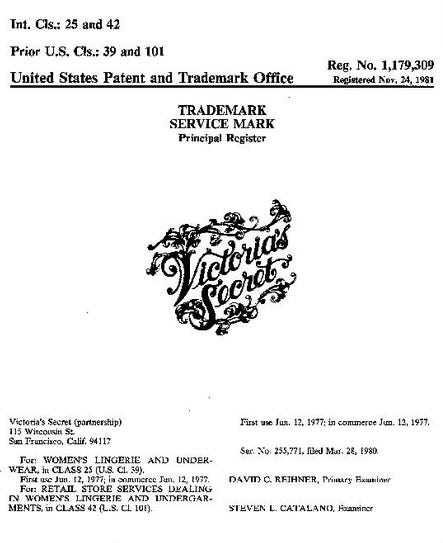
Victoria’s Secret was founded in Palo Alto, California, by Roy Raymond in 1977. He felt uncomfortable buying lingerie for his wife in department stores, famously describing his experience as being confronted with “racks of terry-cloth robes and ugly floral-print nylon nightgowns.” So, inspired by Victorian-era aesthetics, the store, with a brothel-inspired ambiance (dark wood, silk, and dim lighting) created an atmosphere that allowed men to dictate what women wore. The “Victoria” in Victoria’s Secret likely refers to Queen Victoria, adding a sense of mystique around the "taboo" undergarments of the time. While 55% of sales came from a mail-order catalog, Raymond opened five storefronts. By the 80s, the business was nearing bankruptcy.
In 1982, Les Wexner bought Victoria’s Secret and transformed it to appeal more directly to women (or so he claimed). He revamped the brand’s identity, creating a European-inspired, exclusive feel and even used a fake London address as the catalog’s headquarters, when they were actually based in Ohio. Wexner aimed to convey luxury over accessibility. Within four years, the brand grew to over 100 stores and dominated the lingerie market .
During the conservative 1980s, Victoria’s Secret’s approach thrived. They crafted a narrative of “empowerment” that, in reality, encouraged self-objectification. Raymond said this approach “allowed us to sell these garments without seeming sexist”. (This approach wasn’t new—girdles were marketed similarly in the 1950s.) Yet, coincidentally, these constrictive, uncomfortable, highly-sexualized, “empowering” garments aligned with the desires of the men leading the company…
In the 1990s, Victoria’s Secret expanded its offerings to include clothing, fragrances, shoes, and swimwear. The iconic fashion show debuted in 1995, characterized as “tits and glitz.” In 1997, they introduced the image of “Angels,” handpicked by Ed Razek, the chief marketing officer at L Brands, to walk the pink carpet in wings and multimillion-dollar “Fantasy Bras”. Although it’s never been officially revealed, the show is estimated to cost $12 million to put on and supposedly “pays for itself 5 times over”. The first televised show in 2001 was watched by 12 million people…
So if it’s so successful and beloved, what exactly is the issue with missing this “heyday” of Victoria’s Secret?
I’m going to break it up into 3 sections:
1) The Leaders:
Ed Razek, Chief Marketing Officer
In 2018, Ed Razek stated that trans models didn’t have a place in the fashion show because “the show is a fantasy.”
It’s also reported that he tried to kiss models, asked for their phone numbers at castings, made them sit in his lap, made demeaning comments, and touched them inappropriately.
Resigned in 2019.
Les Wexner, CEO of L Brands (owner of Victoria’s Secret)
When asked about body diversity in the industry, he said: “Nobody goes to a plastic surgeon and says, ‘Make me fat,’”
Worked closely with Jeffrey Epstein, who served as Wexner’s financial advisor. It is said that Epstein offered (unsolicited) input into which girls were selected to fashion shows and even lied about casting in order to gain access to women.
Epstein also reportedly lived in a home Wexner owned.
Stepped down as CEO and chairman of L Brands in 2020.
The men in charge of founding and creative direction of Victoria’s Secret have been inexplicably tied to misogyny, fatphobia, transphobia, and creating an environment of harassment:
2) The Environment:
Interviews from over 30 employees point to bullying, harassment, abuse and misogyny in the workplace:
Misogynistic comments, especially by VS fashion show hosts like actor Rupert Everett in 2001 “Security is tight, and so are the girls.”
Popular photographer, Russell James, pressured models to pose nude, not covered by their contracts, thus unpaid, which he compiled into specials books sold on his website for $1800 or $3600 a piece.
According to a study from Boston University, between 1995 and 2018, Victoria’s Secret models became thinner, losing an average of 2 inches in their bust measurements, 1 inch in their waists, and 0.5 inches in their hips. Height stayed identical. In contrast, the average consumers, American women, got bigger over the course of those 23 years.
In 2015, the show attempted to skew the physical rigor of being an angel through the lens of ‘strength and athleticism’ instead of the reality: phasing out solid foods, working out 7 days a week (sometimes twice a day), and disordered eating.
When a model asked Ed Razek in 2015 why she wasn't cast he explained that while she was Instagramming from nightclubs, “Adriana Lima was jumping rope for three hours.”
They’ve come under scrutiny for major photoshop/airbrushing photos.
The fact of the matter is that the brand doesn’t sell fashion or clothing, they sell bodies.
3) The Product:
Sizing is currently XXS-XXL. 68% of American women wear a size 14 or above.
This hilariously out-of-touch “body for every body” campaign from 2014
Their “professional” in-store fitters are famously terrible at measuring actual bra sizes.
Launched in 2002, Pink was geared towards teenage girls, making lingerie and sexualized branding accessible to a younger demographic.
The “Miracle Bra” was one of their bestsellers, marketed with the tagline “Miracles do happen,” (aka: will make your boobs will look bigger.) They continued to push push-up bras for YEARS.
Even as other brands transitioned to comfort-oriented, non-underwire bralettes, Victoria’s Secret dug its heels in to a more traditional image. It wasn’t until 2016 that they introduced bralettes, after years of resisting this trend advancing their competitors. It was already too late.
In the 2010s, as brands like Aerie and Savage X Fenty embraced inclusivity, diversity, and comfort, Victoria’s Secret’s appeal faded, but their prices didn’t. From 2016 to 2018, the fashion show’s viewership halved, from 6.7 million to 3.3 million. They stopped the fashion show in 2018 and have been focused on rebranding since.
The fashion show returned on October 15, 2024, with several significant updates. Over the past four years, the brand has worked to diversify its model lineup, replacing the traditional “angel” image with a broader representation, including athletes, entrepreneurs, journalists, and Olympic ambassadors. This year introduced real-time shopping via livestream, making the event more accessible to viewers, featuring no multi-million-dollar fantasy bra. The first VS trans models Alex Consani and Valentina Sampaio graced the runway alongside curvier icons like Ashley Graham and Paloma Elsesser (who were dressed in fuller-coverage looks compared to some of their thinner counterparts.)
While Victoria’s Secret’s recent attempts to change are notable, I felt like it was closer to the early-aughts than not. A lack of plus-size models and a slew of old schticks and old angels, including: Gigi and Bella Hadid, Jasmine Tookes, Behati Prinsloo, Barbara Palvin, Taylor Hill, Candice Swanepoel and Adriana Lima.
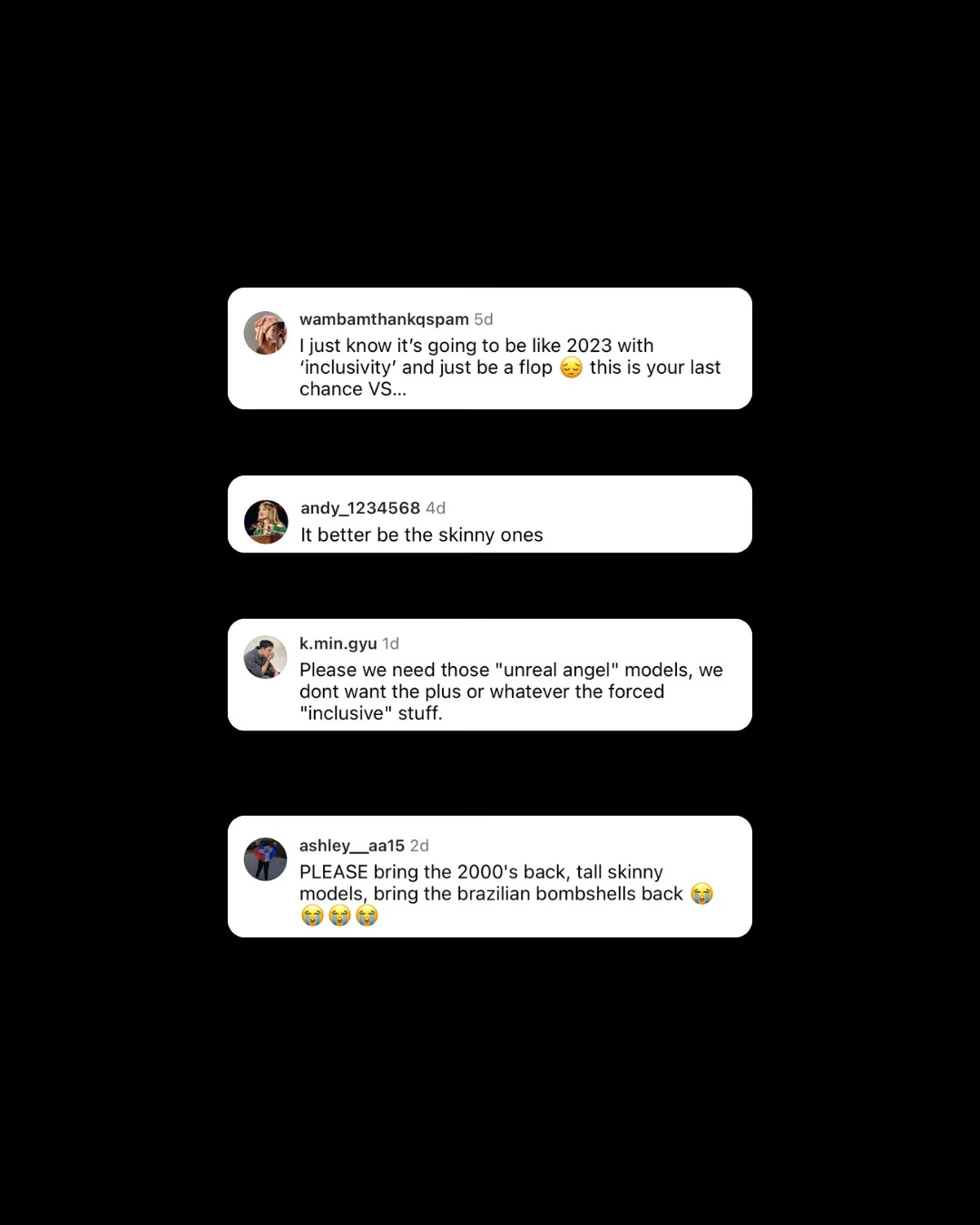
And yet it wasn’t enough for the internet. In a video with comments now turned off, the caption reads “Victoria's Secret LISTEN we don’t want plus-size models, we don’t want men on the VS runway, PLEASE LISTEN we want the old iconic 2000s shows” and my for you page has been FLOODED with similar sentiments lately:
“What I Eat in a Day”, “I’m Skinny, but not Skinny like Kate Moss”, "I Love My Life So Much More Skinny”, “Bring Super Slim Models Back, Brands. We Will Love You”, “Skinny Girl Hacks to Stay Skinny”, “Basic Outfit Because the Accessory is Being Skinny,” and although I’m not naive enough to believe these trends ever left, I’ve noticed an uptick in creators discussing renewed body-shaming trends and comments worse than they’ve seen in years…
 Tiktok failed to load.
Tiktok failed to load.Enable 3rd party cookies or use another browser
Historically, fashion ideals tend to cycle every 40 years, bringing back not just styles, but the body shapes that society values. The 1920s and 1960s prized thin, boyish, androgynous thinness, while the 40s and 80s valued an hourglass, nipped waist, and strong shoulders. With the return of low-rise jeans and early 2000s inspired slip dresses, we’re seeing a revival of the ultra-thin ideal. The fascination with early 2000s and Victoria’s Secret “fashion” actually has nothing to do with fashion- it has everything to do with women’s bodies.
I personally feel deeply uneasy about the resurgence of nostalgia for the brand’s former identity rooted in whiteness, thinness, and objectification. I worry that a young generation of women who didn’t experience the height of the “heroin chic” body ideal or “thinspiration” content online may not fully grasp the potential harms, the eating disorders, the pro-anorexia content, and the high numbers of dissatisfied girls. This has serious consequences.
“Eating disorders have the second highest mortality rate of any psychiatric illness behind opiate addiction and every 52 minutes 1 person dies as a direct consequence of an eating disorder.”
So while I understand the nostalgia for glamorous 90s blowouts and rhinestone-studded clothing by a generation of girls who never experienced it, I think this cycle needs to be addressed critically, not nostalgically, to ensure we move forward, not backward.


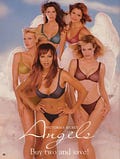

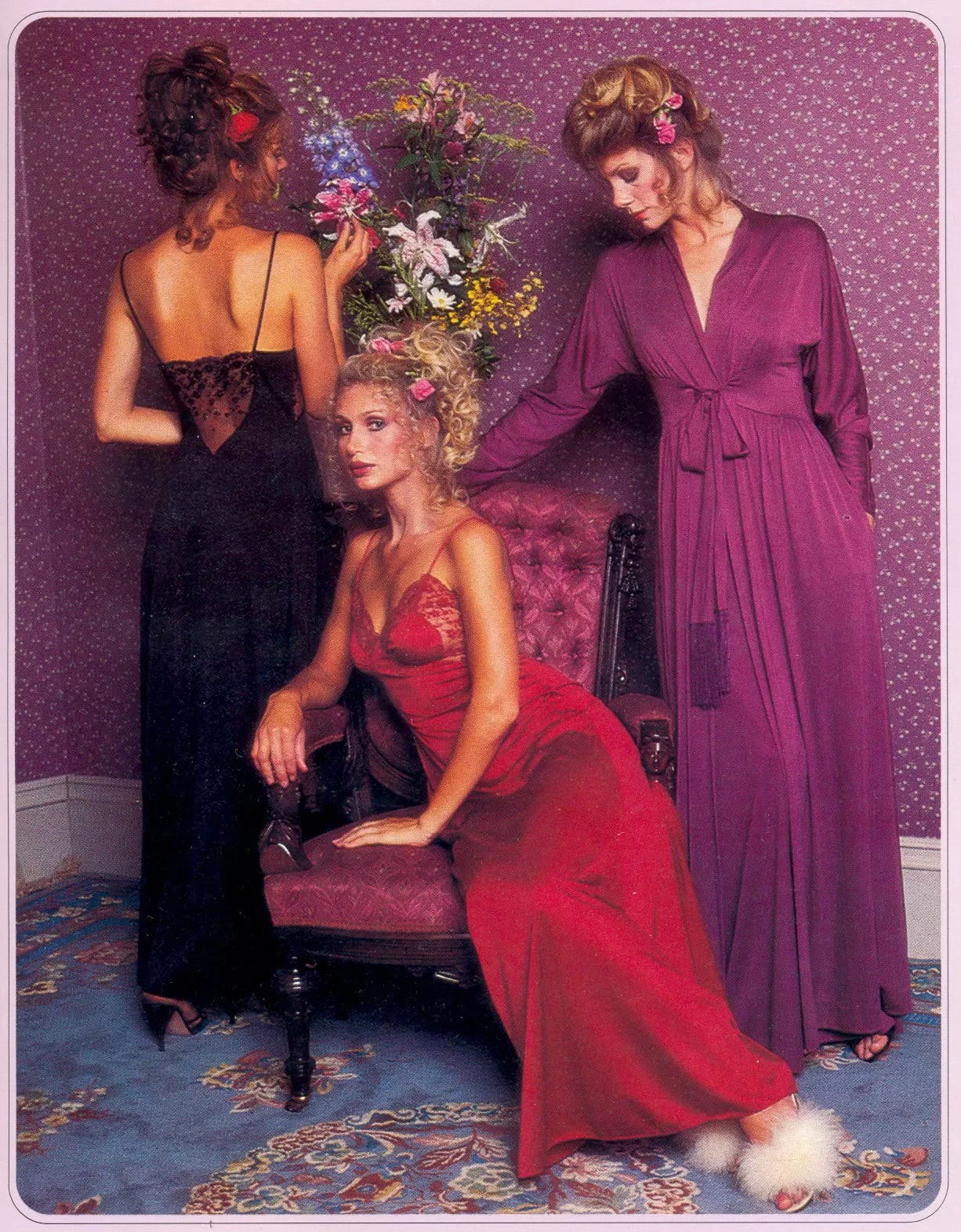


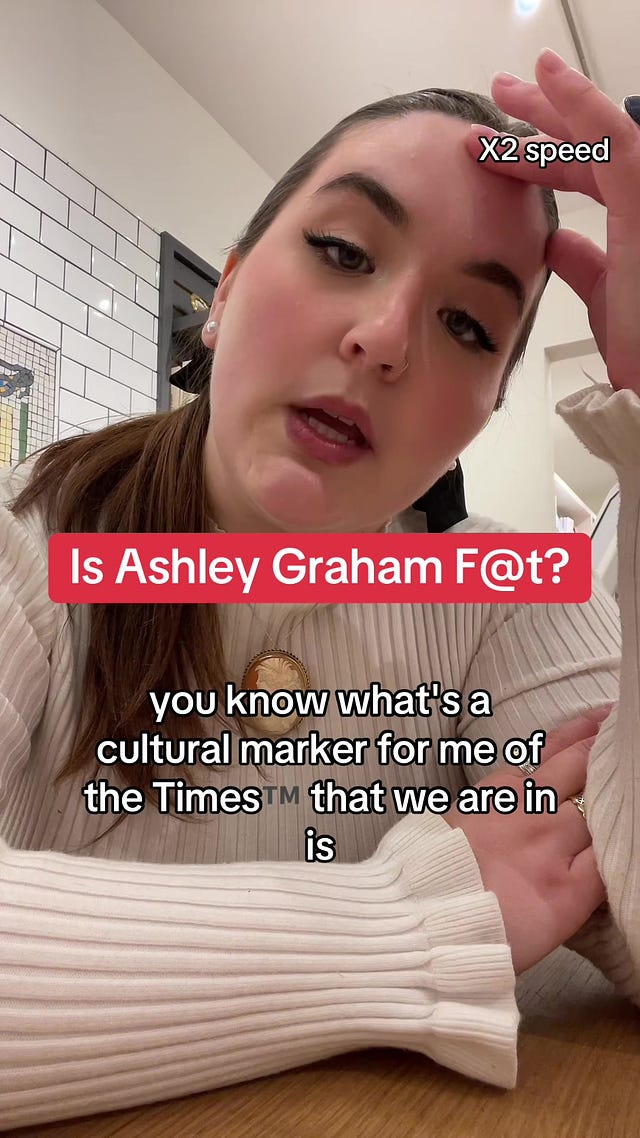
this is an excellent article- I've been seeing the same videos and they're just so bleh
Great article Gabi! I saw this type of content trending too and it could be alarming if it keeps focusing only on female body rather than the overall aesthetic and artistry of the VS runways.